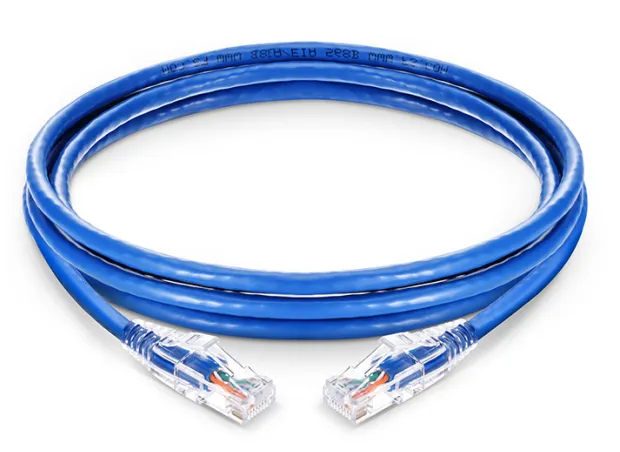A high-quality ethernet cable is an essential part of a well-functioning LAN network. The cable links your devices within a network. Several types of ethernet cables today have varying capabilities in the distance and speed they can transport signals. CAT6 and CAT8 cables are among the most popular due to their unique features and advantages.
The choice between the CAT8 and CAT6 cable will depend on your needs. A CAT6 ethernet cable supports a maximum distance of 100 meters, a speed of up to 10 Gbps per second, and is compatible with previous cable versions. CAT8 ethernet cables, on the other hand, are the most advanced and recent cables available. They support a speed of up to 40 Gps over a maximum distance of 30 meters.
Here are insights to help you choose between a CAT6 and CAT8 cable.
Table of Contents
Suitability Of A CAT 6 And CAT8 cable
CAT8 ethernet cables are ideal for any application that requires a high bandwidth, like 4k and 8k video streaming, data centers, and online gaming. The cables have significant shielding to reduce electromagnetic interference, making them less vulnerable to signal loss.
CAT6 cables are an old standard that has retained popularity due to their dependable performance and lower cost. However, these cables lack the shielding provided by CAT8 cables, making them a lot more susceptible to electromagnetic interference and signal loss.
Side By Side Feature Comparison
The bandwidth of the cables is a significant distinction. A CAT8 cable has a bandwidth expanding to as high as 2000MHz, while the CAT6 cable’s bandwidth is only up to 500MHz. CAT8 cables can, therefore, handle a lot more data at a go – this is why they are more suitable for high-speed streaming and data transfers.
Another significant difference is their compatibility with the current network infrastructure. CAT8 ethernet cables need a more recent and updated network interface card. They may also fail to be compatible with the older network equipment. CAT6 ethernet cables are more compatible with a wide scope of the existing network infrastructure.
| Feature | CAT8 | CAT6 |
| Maximum Bandwidth | 2000MHz | 500MHz |
| Maximum Data Rate | 40Gbps | 10 Gbps |
| Maximum Transmission Distance | 98 feet (30 meters) | 328 feet (100 meters) |
| Crosstalk | Low | Low |
| Shielding | Shielded | Shielded or unshielded |
- CAT6 cables remain widely used due to their reliable performance; however, their maximum speed is 10Gbps
- CAT8 cables are updated and are currently the fastest option. They also transmit a lot more data compared to CAT6.
- Due to the advanced properties, a CAT 8 cable typically costs more than a CAT 6 cable.
Make The Pick
Making a choice remains dependent on your network needs. However, with all facts laid down, CAT8 cables are superior to CAT6 for multiple reasons. The speed of CAT8 ethernet cables is four times faster than the maximum speed of CAT6 cables. They have a higher rate of data transfer and bandwidth. CAT8 cables are a more suitable choice if you want to future-proof your network. The cables are ideal for data centers. If you’re looking for an ethernet cable for a standard home or smaller office network, the CAT6 can still meet your needs.

